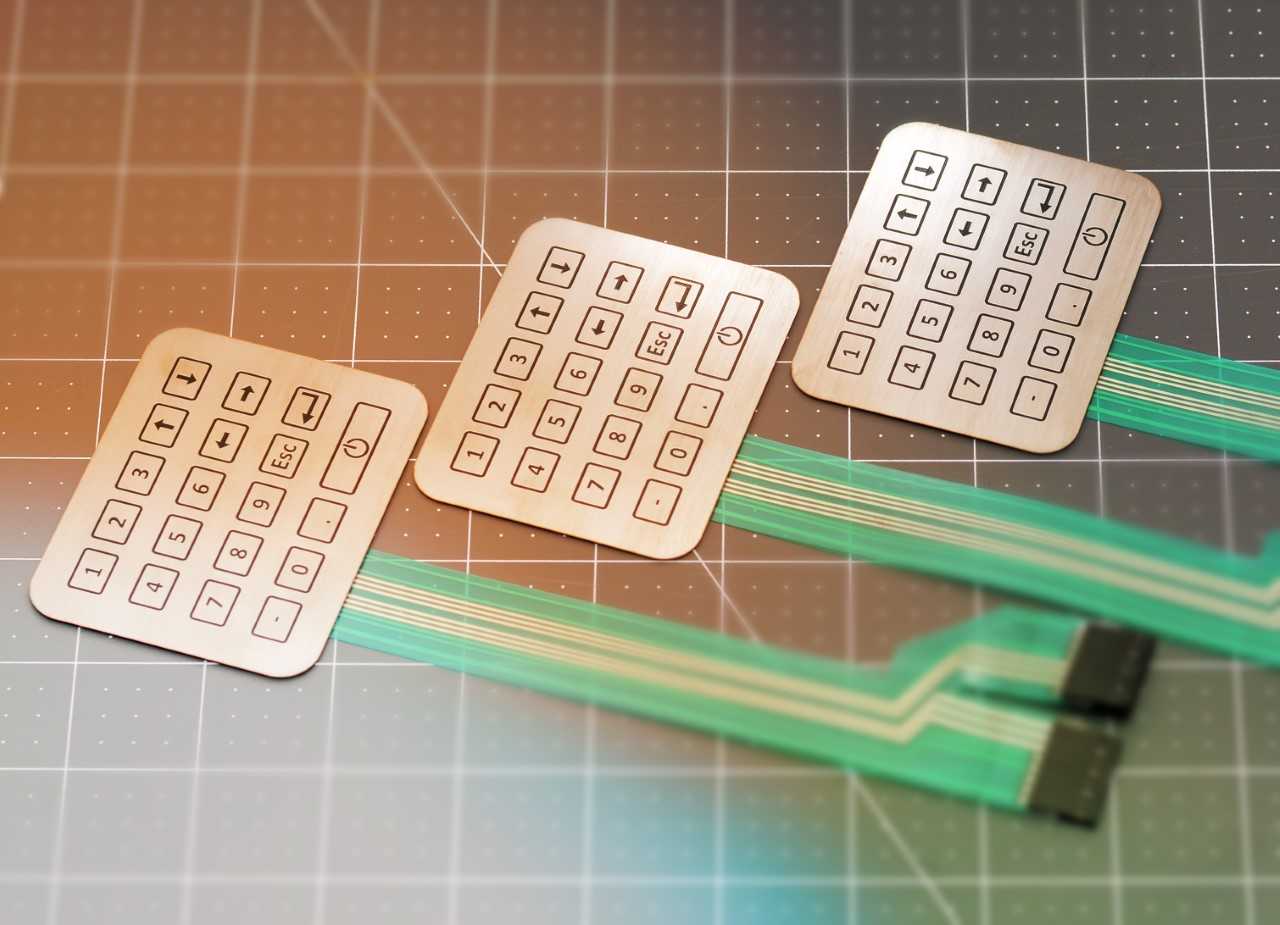Membrane Switch: A Comprehensive Guide to Its Uses and Applications
Membrane Switch: A Comprehensive Guide to Its Uses and Applications
Blog Article
Comprehending Membrane Switches Over: The Secret to Resilient and Dependable Controls

What Are Membrane Layer Switches?
Membrane switches are an advanced solution in the realm of interface modern technology, incorporating performance and layout seamlessly. These devices work as an interface in between users and digital systems, incorporating several elements into a portable layout. Typically created from flexible, thin layers of products, membrane layer switches are designed to reply to touch, enabling customers to connect with equipment and digital gadgets properly.
The main components of a membrane layer switch consist of a published circuit layer, graphic overlay, and a spacer layer that avoids unintentional activation. The visuals overlay can be tailored to reflect brand identification or individual choices, boosting aesthetics while guaranteeing functionality. Membrane buttons are typically made use of in various applications, including clinical devices, customer electronics, and industrial devices, owing to their sturdiness and resistance to environmental elements such as wetness and dust.
Among the essential advantages of membrane layer switches is their capacity to stand up to deterioration, making them optimal for high-traffic environments. Additionally, they are light-weight and call for minimal area, permitting ingenious layouts in product growth. Generally, membrane switches over stand for a efficient and sensible choice for contemporary electronic interfaces, marrying innovation with user-centric style concepts.
Just How Membrane Switches Work
The operation of membrane switches joints on a straightforward yet efficient system that equates individual input right into electronic signals. When a user presses the switch, the leading layer warps, permitting a conductive element in the circuit layer to make contact with a matching conductive pad on the bottom of the graphic overlay.
The design of membrane layer switches can differ, however they typically incorporate domes or responsive components to offer comments to the user, enhancing the overall experience - membrane switch. The materials utilized in membrane layer switches, such as polyester or polycarbonate, add to their durability and resistance to environmental aspects, consisting of moisture and dust. Moreover, the published circuits are usually enveloped, which safeguards them from deterioration in time.
Advantages of Membrane Switches

Additionally, membrane buttons are understood for their durability. Created from robust materials, they are immune to dust, moisture, and physical check my site wear, which dramatically expands their lifespan contrasted to traditional mechanical buttons. This toughness makes them specifically ideal for high-traffic atmospheres and applications requiring long life.
An additional substantial benefit is the simplicity of cleansing and upkeep. The smooth surface area of membrane layer switches reduces dirt buildup and is typically resistant to spills, making them excellent for setups that need regular sanitization.
Additionally, membrane layer buttons supply a streamlined profile, leading to a thinner layout that can be incorporated into numerous gadgets without adding mass. This feature not only improves the visual charm but also adds to an extra ergonomic product layout.
Applications of Membrane Switches
Functional and straightforward, membrane layer switches find applications across a large range of sectors, consisting of medical gadgets, consumer electronics, and commercial tools. In the clinical area, these buttons are essential to gadgets such as analysis equipment, person tracking systems, and mixture pumps, where reliability and convenience of cleaning are important. Their capability to my response maintain and stand up to severe settings capability makes them excellent for such applications.

In customer electronic devices, membrane buttons are made use of in items like microwaves, cleaning makers, and remote controls - membrane switch. Their smooth layout enables intuitive customer interfaces, boosting the general individual experience while supplying resilience and resistance to tear and use
Industrial tools also takes advantage of membrane buttons, particularly in control panels for machinery and automation systems. These switches offer defense versus dirt and moisture, guaranteeing consistent efficiency in challenging environments. Their customizable functions allow manufacturers to tailor them to particular functional demands, improving efficiency and capability.
Picking the Right Membrane Change
When choosing a membrane layer switch, it is necessary to think about various aspects that influence efficiency and suitability for certain applications. The primary considerations consist of ecological conditions, tactile responses, toughness, and style specs.
First, analyze the operating setting; buttons subjected to moisture, chemicals, or severe temperatures call for specific products to make certain longevity and functionality. Next, assess the need for tactile responses. Relying on individual communication, some applications may gain from a tactile reaction to verify activation, while others might like a non-tactile design for visual factors.
Durability is an additional critical variable; membrane buttons need to be made to stand up to regular look these up usage, effects, and abrasion. Ensure the chosen button can sustain the anticipated lifecycle, particularly in high-usage situations.

Conclusion
In conclusion, membrane switches over serve as necessary components in the layout of resilient and reliable control systems across different sectors. The versatility of membrane switches enables for customized remedies that meet particular operational demands, reinforcing their relevance in modern-day technology.
Membrane changes represent a critical aspect of modern interface style, mixing capability with strength in numerous applications.Membrane switches are a sophisticated solution in the realm of individual interface modern technology, incorporating capability and layout seamlessly. Generally constructed from flexible, thin layers of materials, membrane layer switches are developed to respond to touch, enabling users to interact with machinery and digital gadgets successfully.
The style of membrane switches can differ, yet they usually include domes or responsive components to give responses to the customer, improving the overall experience.In conclusion, membrane layer switches over serve as crucial elements in the style of dependable and resilient control systems across different markets.
Report this page